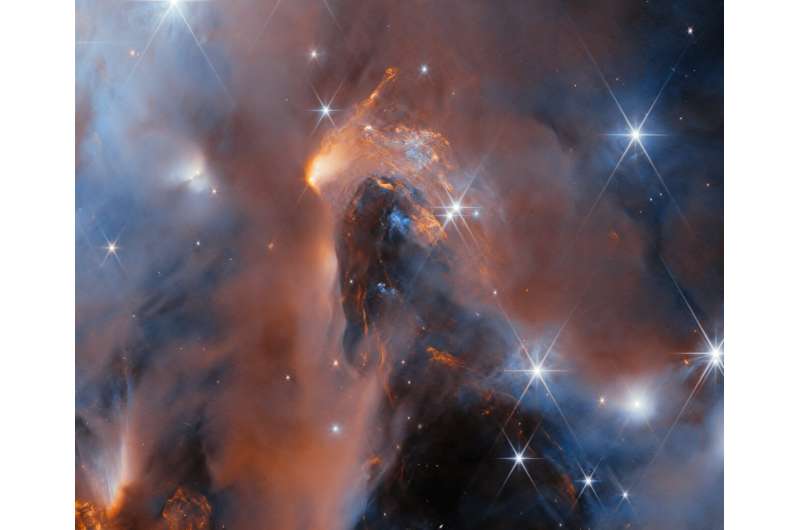This article has been reviewed according to Science X's editorial process and policies. Editors have highlighted the following attributes while ensuring the content's credibility:
fact-checked
trusted source
proofread
Image: James Webb Space Telescope observes nearby star-forming region NGC 1333 in infrared

NASA's James Webb Space Telescope has infrared vision that lets us peer through the dusty veil of nearby star-forming region NGC 1333. We can see planetary mass objects, newborn stars, and brown dwarfs; some of the faintest "stars" in this mosaic image are in fact newly born free-floating brown dwarfs with masses comparable to those of giant planets.
The images were captured as part of a Webb observation program to survey a large portion of NGC 1333. These data constitute the first deep spectroscopic survey of the young cluster.
Provided by NASA




















